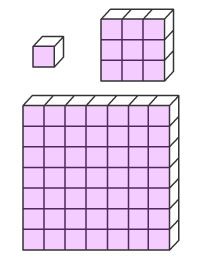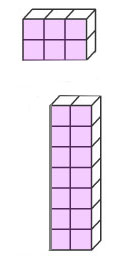Home > Reasoning > Big ideas > Same and different > Classification
Classification
Classification means putting objects into groups based on common properties.
Students at all levels need to understand whether, and why, things belong in the same group.
Understanding that there are categories of integers, geometric shapes and other objects, data and events is important. They need to be able to recognise members of named collections such as square numbers.
|
|
|
Activities that help develop classification skills involve:
- sorting and classifying by various attributes
- finding patterns
- naming collections
- using members of named collections.
While classification is also important in secondary mathematics, in primary years students enjoy classification activities such as Above and Below the Line. This is an activity that can be adapted to classification of many groups of numbers, shapes, etc.
Above and below the line
Students decide whether a number belongs in one or another group, and give reasons.


